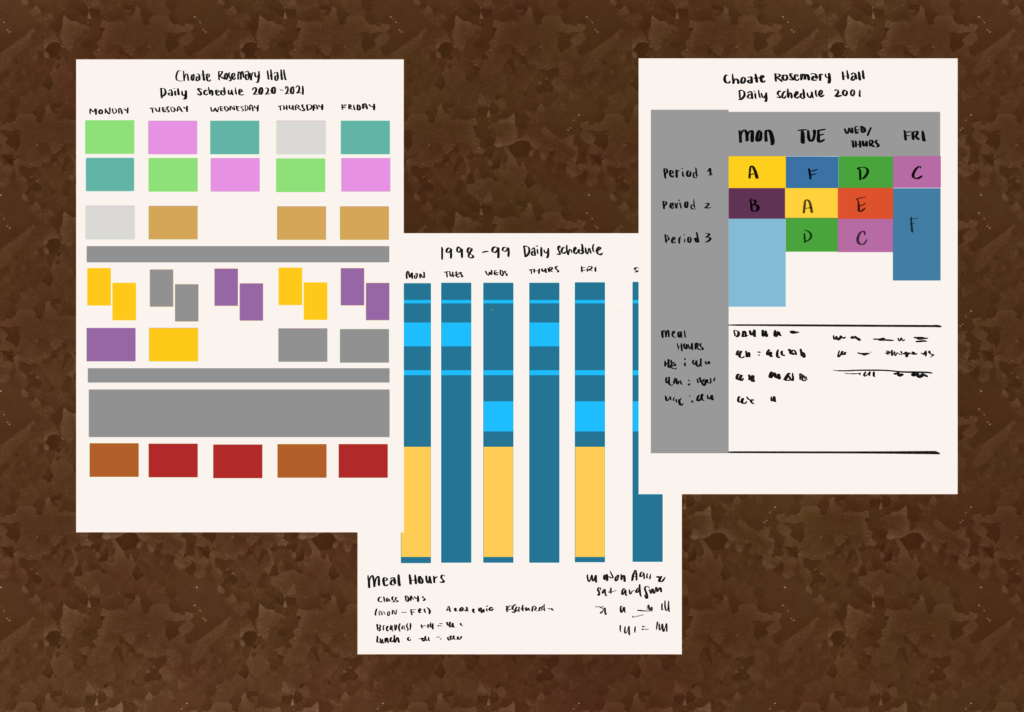After enjoying vacations at sunny resorts and enduring long, jet-lag-inducing flights, returning to campus from break can be disappointing to students. Approaching midterms pile onto the disappointment from the start of school. Fed up with drowsy classes and inattentive students, teachers find creative ways to keep students focused.
Science teacher Ms. Casey Kelsey, finds it is helpful to allow students to eat in her class. “We let kids eat if they’re bringing food in from lunch,” she said. “If students are hungry, they have trouble paying attention in class, so having a little bit of food helps with that.”
Ms. Kelsey is also known for sharing fruit and tea with her students: “I got the idea from [arts teacher] Mr. Aaron Sober who was making a big pot of tea for his ceramics classes. One day I saw him doing it, and I thought, ‘This is so lovely. I should do this in my classes.’” However, food is often not allowed during classes, especially settings with strict safety rules such as labs so depending on food for an energy boost is not always possible.
HPRSS teacher Mr. Jim Davidson prefers telling jokes in class in order to keep students focused. He said, “I have known for a while that humor can catch one’s attention and offer a new perspective.” He explained that in class, whether students are falling asleep or simply struggling to understand the material, a change in pace makes it easier to refocus groups. “We are all very serious, so a simple nod of humor can help students shift gears and react differently. I’ve heard that a good smile or laugh moves 23 facial muscles, which is also good for our brain.”
In many cases, lack of energy isn’t the primary issue for students struggling to maintain focus in class. Students find difficulty in concentrating in long, arduous classes. Seventy-minute classes are notorious for their length, leading students to embark on “water breaks” in the middle of classes to wake themselves up, often sitting in the Humanities Rotunda or meandering around hallways for a few minutes.
When asked about ways to maintain focus in class, Mr. Davidson suggested, “Sit up. Look for opportunities to speak up and answer questions. Take orderly notes, think about the notes you are taking, and try new styles of organizing them.”
History teacher Ms. Cindy Okrah uses yet another method to keep students engaged: meditation. Rhea Shah ’22, one of her students, said, “Meditation is nice because it gives us some time to recollect our thoughts and allow us to get into the class mindset. It is one of the few times in the day when I can allow my thoughts to slow down.” Such meditation is easily accessible through apps such as Headspace meditation giving daily reminders and tips on what kinds of meditations to do before each activity.
Many approaches have been attempted over the years at Choate as teachers try to refocus their students with varying degrees of success — all with seemingly distinct effects on student well being. However, the majority of the weight still lies on students’ shoulders to maintain their focus in class despite post-break dreariness.




